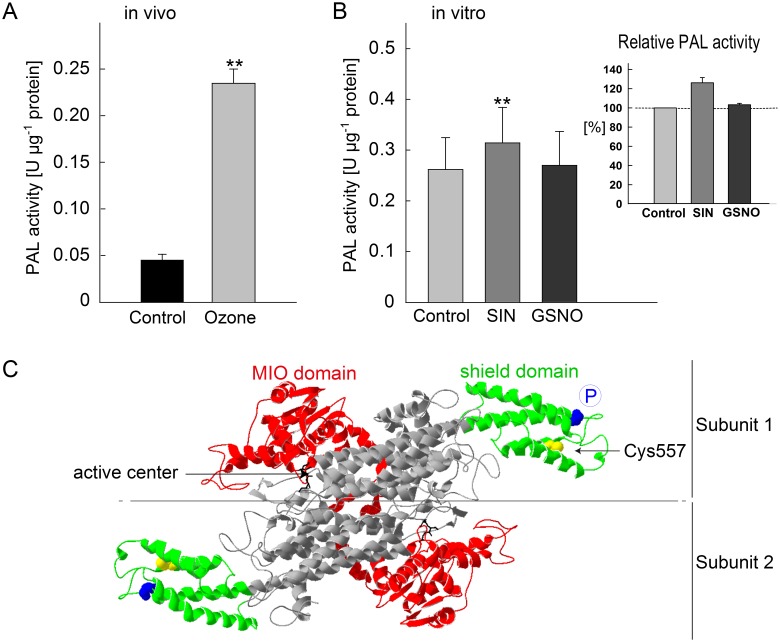Figure 5. Effect of SIN, GSNO and ozone on the activity of PAL in grey poplar leaves.
(A) The PAL activity was analyzed at the end of ozone fumigation or in control samples at the same time point. The values represent the means ± SE of three experiments. **P<0.01 (Student’s t-test for unpaired samples). (B) Effect of SIN (removal of NO groups) and GSNO (NO-donor) on in vitro PAL activity. 12-week-old plants grown under greenhouse conditions were used as leaf material. Before measuring the enzyme activity, the leaf extracts were pre-incubated for 1 hour with 3 mM SIN or 500 µM GSNO. Each value represents the mean of nine replicates ± SE and significant differences are given with ** for P<0.01 (Student’s t-test for paired samples). The relative PAL activity was calculated by comparing each replicate in the SIN and GSNO group to the corresponding value in the control group. The PAL activity in the control was taken as 100%. (C) Structural model of PAL2 from Populus trichocarpa. The three-dimensional structure was modeled according the crystal structure of Petroselinum crispum (PDB code: 1w27B) using SWISS-MODEL [125], [126]. For clarity, a dimer of the actual tetrameric PAL2 is shown. The flexible shield domain is highlighted in green and contains the cysteine predicted to be S-nitrosylated in PAL2 (Cys557; yellow) and the postulated phosphorylation site at Thr549 (blue). The MIO domain (red) contains the catalytic active center (black).

